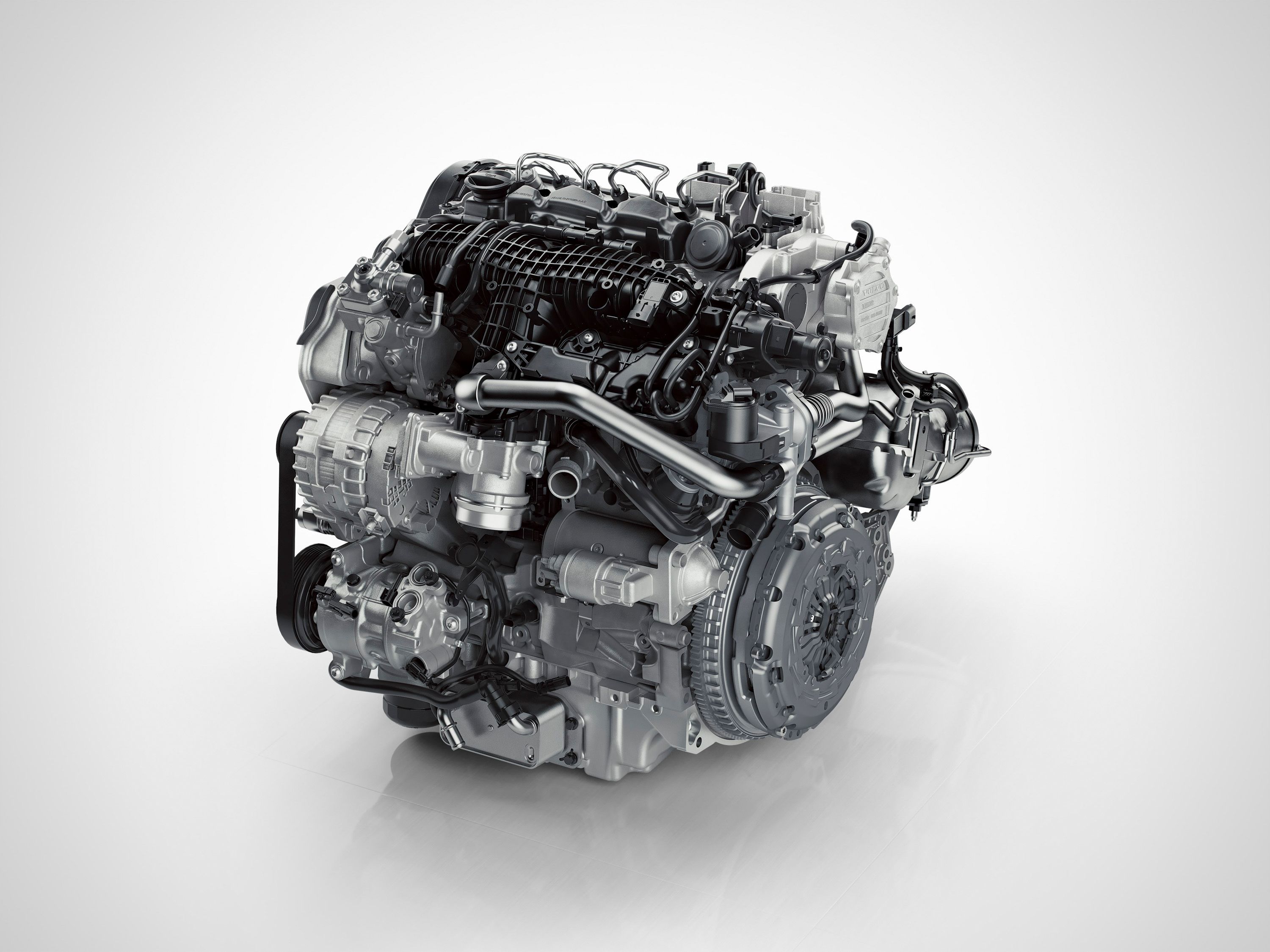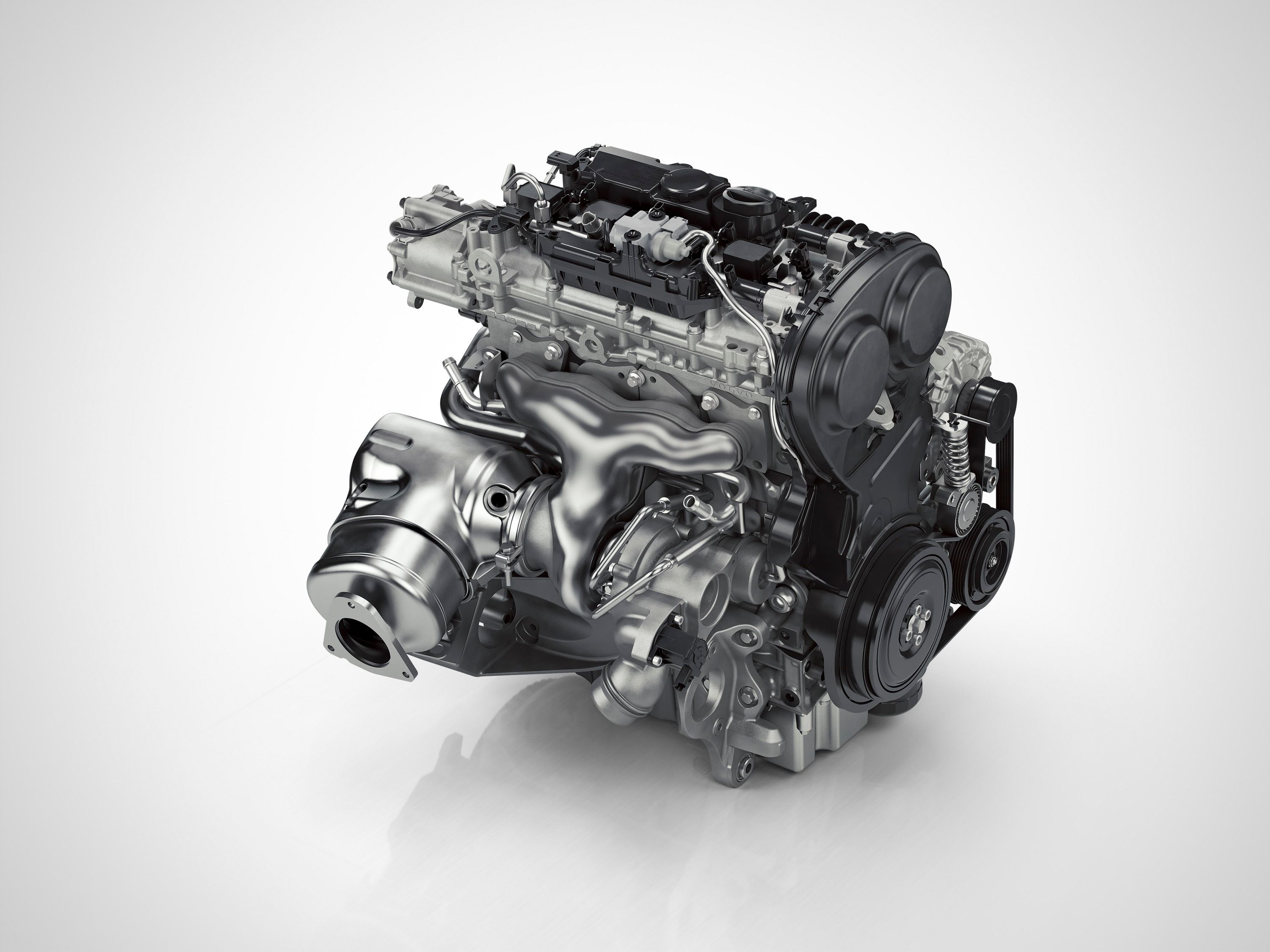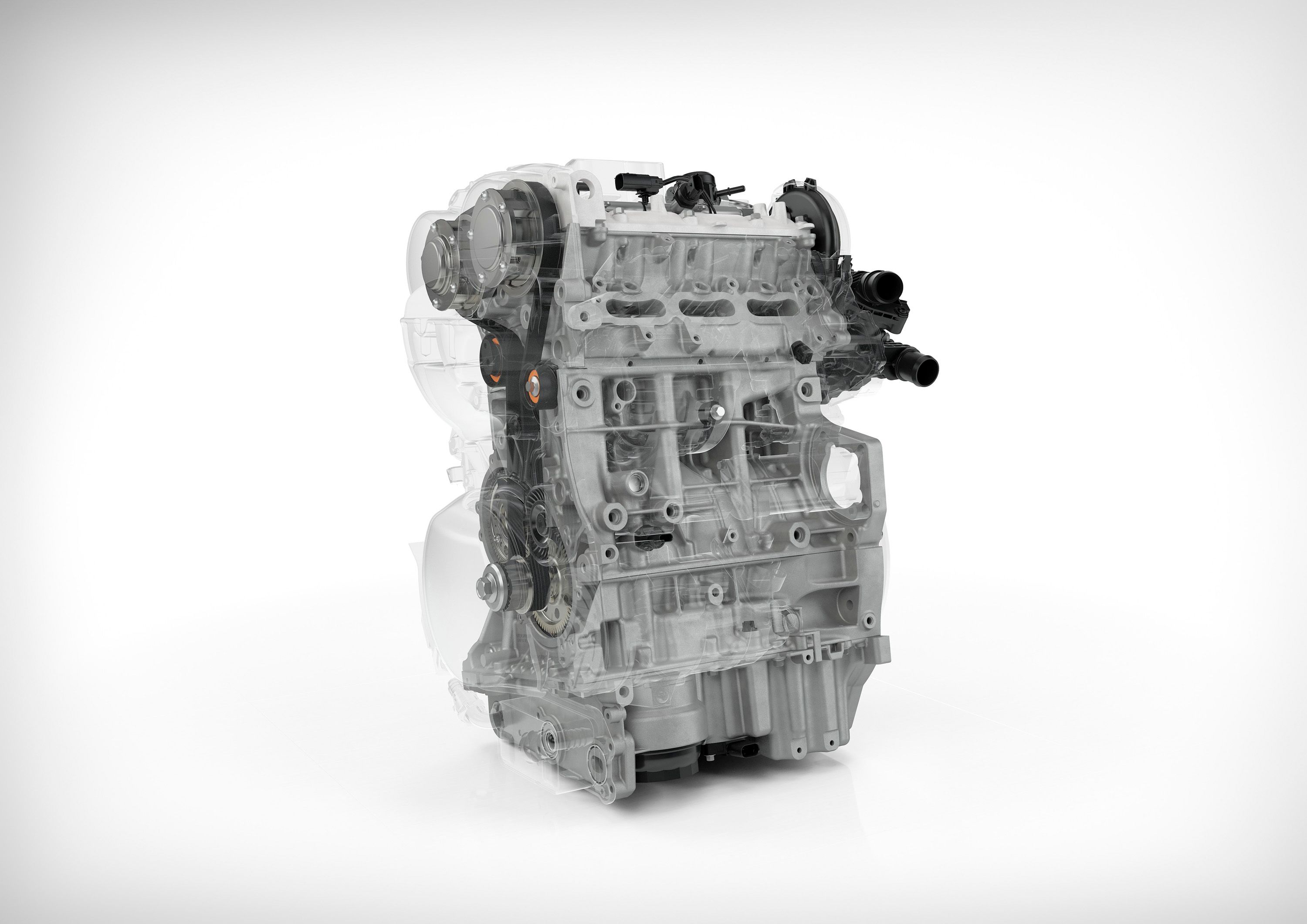Volvo’s done building gasoline and diesel engines. The Swedish automaker revealed as much in a conversation with Road & Track. According to the report, the current crop of gas and diesel engines that Volvo is using now will be the last family of their kind. From 2019 at the latest, the company’s budget for developing new internal combustion engines will carry the same amount as a free sandwich. This development is the latest indication of Volvo’s plan to only release hybrids and EVs beginning in 2019, something company CEO Håkan Samuelsson has been saying since July 2017.
This bit of news isn’t at all surprising if you know where Volvo’s position has been in the past year. The Swedish automaker has made no bones about its plans to shift is lineup towards hybrids and electric cars in the future. Its lineup of upcoming models reflects that as five new electric cars are in the pipeline from 2019 to 2021. That includes three from Volvo and two from Polestar, the automaker’s new performance sub-brand.
That said, the decision to cut combustion engine development from its budget doesn’t mean that Volvo’s going to scrap all of its ICE engines immediately. The current crop of Drive-E gas and diesel engines will still be used until the end of their product life cycles. Volvo hasn’t said when that’s going to be, but our best guess at the moment is somewhere around 2024 to 2025.
But the days of launching a new or redesigned model with a traditional, standalone gas ICE are over. Beginning next year, all Volvo models will carry any of three powertrains: a traditional ICE with hybrid assistance in the form of a 48-volt battery, a plug-in hybrid, or a fully electric car. Diesel engines could be still be used in the short term, particularly for global markets where there’s still demand for them.
In the long-term, Volvo is looking to develop hybrid models with more powerful electric motors, with all the torque going to the rear wheels. Likewise, rear-biased AWD systems are also being developed, ensuring that future Volvo models will still have the same — or more — power and performance returns as the gas-powered models of today.
This is what the future looks like for Volvo so we might as well start getting used to it.
References
Volvo XC40
Read our full review on the 2018 Volvo XC40.
Read more Volvo news.



